Top 8 Website KPIs to Track (Example & Templates)

You don’t need to measure every KPI or metric on the planet—though there are several you can’t go wrong with.
This guide shows you why you should measure your website KPIs and the metrics that help you understand your web visitors today.
- What are Website KPIs?
- Top Website KPIs to Track
- How to Track Website KPIs with DashThis
- Automate Your Reporting!
What are Website KPIs?
Website KPIs (key performance indicators for long) measure your website performance and tie your marketing efforts to the overall business goals.
Example: an ecommerce website that wants to increase rankings in the top 10 search engine results (website KPI) might measure metrics like website traffic, click rates in emails, and number of leads in the sales funnel.
Why tracking website KPIs is crucial
Companies that implement decisions based on customer data outperform peers by 85% in sales growth and over 25% in gross margin.
That’s huge.
KPIs tell you how visitors interact with your website, like whether they find your content helpful or if you’re attracting the right customer segment. Without tracking these quantitative measurements, it’s impossible to analyze your best-performing content types, let alone identify rooms for improvement.
Your website KPIs determine the next marketing moves, so that you can:
- Raise productivity for marketing teams: Companies get results when decisions are made based on hard numbers. Assign your marketers to improve your website KPI benchmarks. This helps them stay focused on the right metrics without any distractions.
- Track progress accurately: Is your campaign heading in the right direction? Your website KPIs tell you how far ahead you are in achieving your goals (e.g., high web traffic and number of visitors could signal brand awareness).
- Increase ROI for marketing strategy: Web analytics determine future optimization initiatives. The more patterns you identify for your successful web pages, the easier it is to replicate success in your remaining pages.
As you can see, it’s crucial to measure your web KPIs daily. Without KPI tracking, you won’t know what’s working.
Top Website KPIs to Track
Though the right metrics vary depending on many factors, there are some essentials you can't go wrong with. Here are eight marketing KPIs we recommend to give you a head-start in understanding your website performance.
1. Traffic source
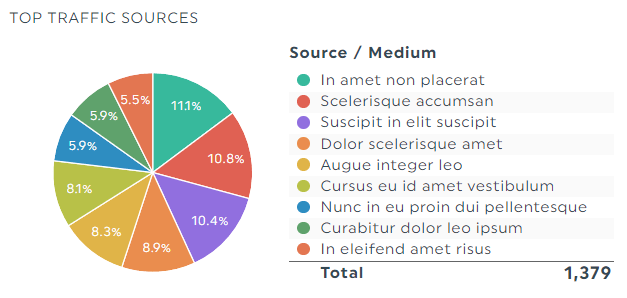
Traffic source tells where site visitors come from.
These sources include organic search (organic traffic), social media, referral, email marketing, paid search, and direct traffic.
2. Unique visitors
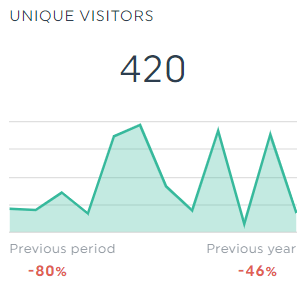
Unique visitors refer to the number of visitors on a page or multiple web pages on your website in a period of time. You can easily identify this user segment from their IP address, cookies, and registration ID.
3. Average session duration
Average session duration is page views on steroids. This metric measures the average amount of time a web visitor spends on any web page in a single session.
4. Bounce rate
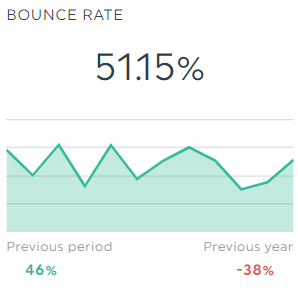
Bounce rate measures the number of users who visit and exit a website without visiting any other page.
A high bounce rate doesn’t necessarily mean a bad thing. For example, a hyper-personalized lead generation ad campaign on LinkedIn that directs users to a single-page landing page will almost always result in a higher bounce rate.
That makes sense as users only need a few seconds to complete signing up for the lead capture form.
On the other hand, a high bounce rate in longer-form content could indicate poor user experience (e.g., slow page load time or loading speed).
5. Engaged sessions

Engaged sessions is the number of sessions that last 10 seconds or longer. High website engagement impacts brand awareness, trust, and sales.
6. Conversions and conversion rate
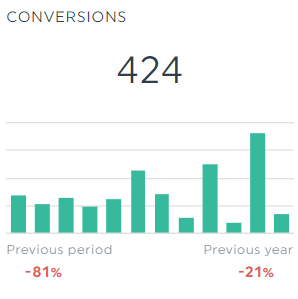
Conversions refers to users completing a desired action (e.g., clicking a CTA button to download a lead magnet).
To calculate conversion rate, take the total number of conversions and divide it by the number of web visitors. Conversions is an important metric across marketing and sales. As your target audience progresses down your funnel, they’re more likely to engage with your brand and convert to customers.
7. Event goals

Event goals track your site’s goal completions that tie back to your business goals (e.g., number of leads generated in video marketing campaigns).
8. Top converting pages
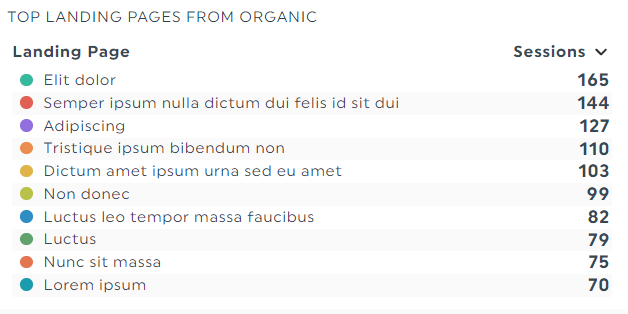
Top converting pages refers to the best-performing pages that successfully convert visitors to leads or paying customers.
Focus on this metric when optimizing content marketing and SEO strategies. It unearths the types of content you should create more to attract your best customers today.
How to Track Website KPIs with DashThis
The outcome of your marketing campaigns depends on the website KPIs you focus on.
Now that you’ve narrowed down the metrics to track for your website, let’s look at how you can speed up your reporting using an automation-centric tool like DashThis.
Here’s how it works:
- Choose a dashboard from over 40 free templates
- Connect your marketing analytics tools with DashThis
- Select your metrics in Preset Widgets (e.g., number of visits, organic search traffic)
DashThis will gather all the metrics you selected and convert them into graphs automatically.
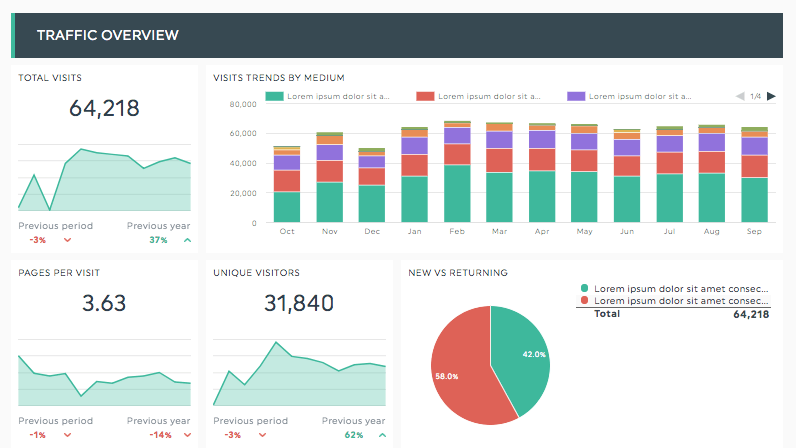
Drag and drop these graphs and charts as you desire.
Once you finish customizing your dashboard, invite all stakeholders to review it (via email or a shareable URL link).
DashThis streamlines your reporting workflow without requiring you to leave the platform or use additional third-party tools. Start your free 15-day trial to automate your website KPI tracking today.
GA4 report template
There are over 100 metrics on Google Analytics (GA4) alone. The dashboard simplifies data collection. Note how it illustrates how traffic plays a role in conversions and transactions.
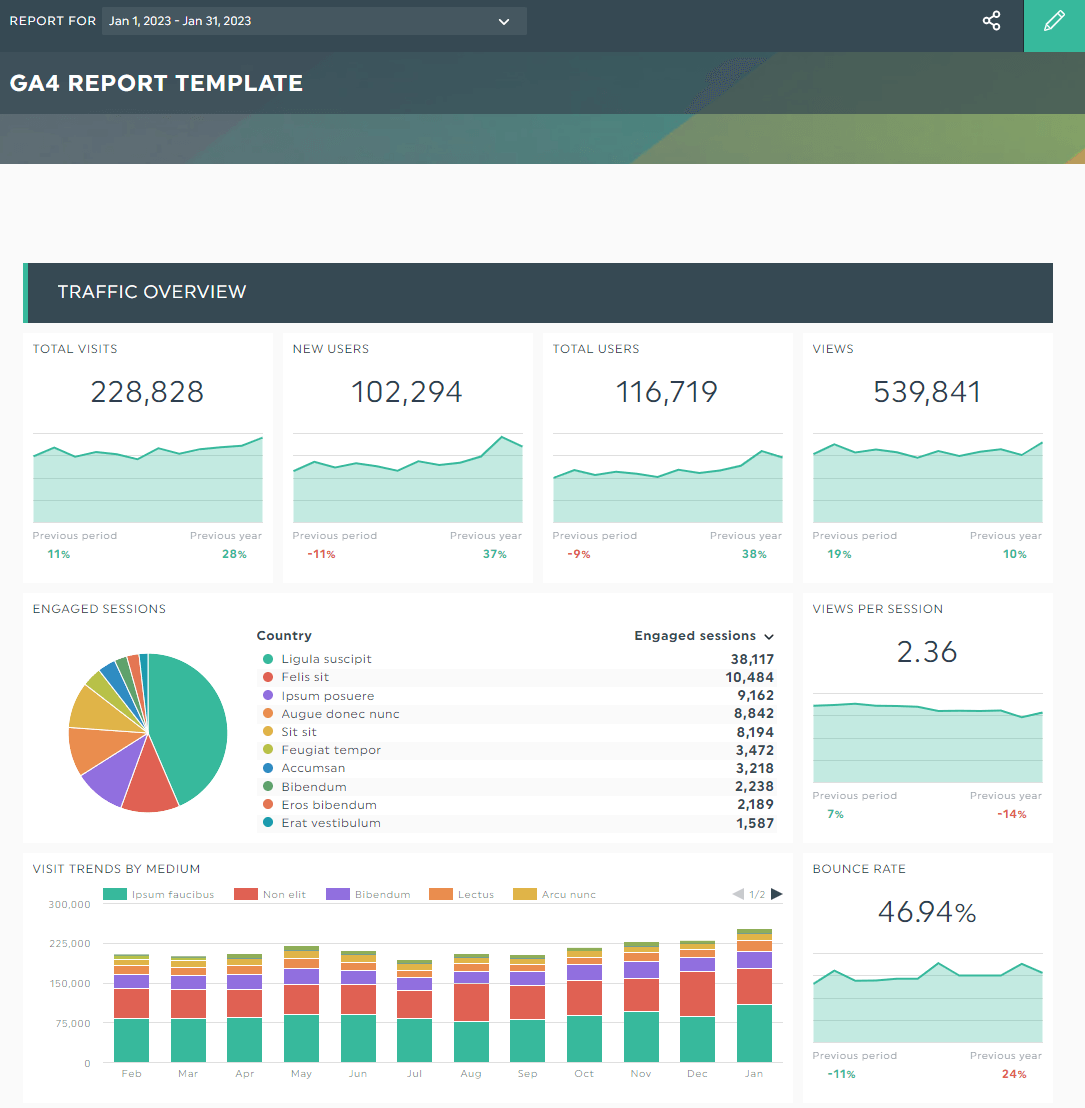
Grab this GA4 report with your own data today!
Digital marketing report template
Customer journeys shouldn't be a mystery. This digital marketing dashboard paints a picture of how your SEO and PPC strategies come together.
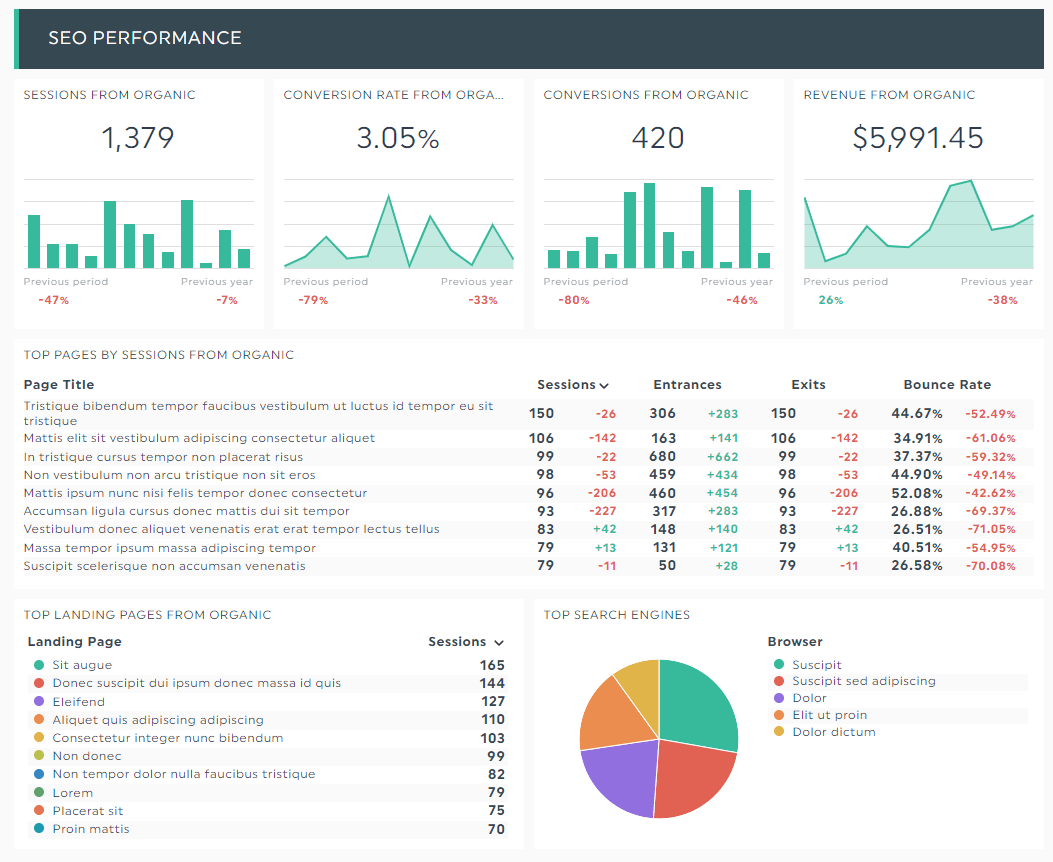
Grab this digital marketing report with your own data today!
Automate Your Reporting!
Though the right website KPIs vary depending on many factors (e.g., goals, customer journey), there are some essential metrics you can't go wrong with.
These eight important KPIs give you a head-start in understanding how visitors behave on your website and what you need to do to convert them to customers and loyal advocates.
And it all starts with accurate campaign tracking.
DashThis streamlines your reporting workflow without requiring you to cobble several analytics tools or click through multiple tabs. Start your free 15-day trial to automate your KPI reporting today.
Ready to track your website KPIs?
Read More
Don’t miss out!
Automate your reports!
Bring all your marketing data into one automated report.
Try dashthis for free

